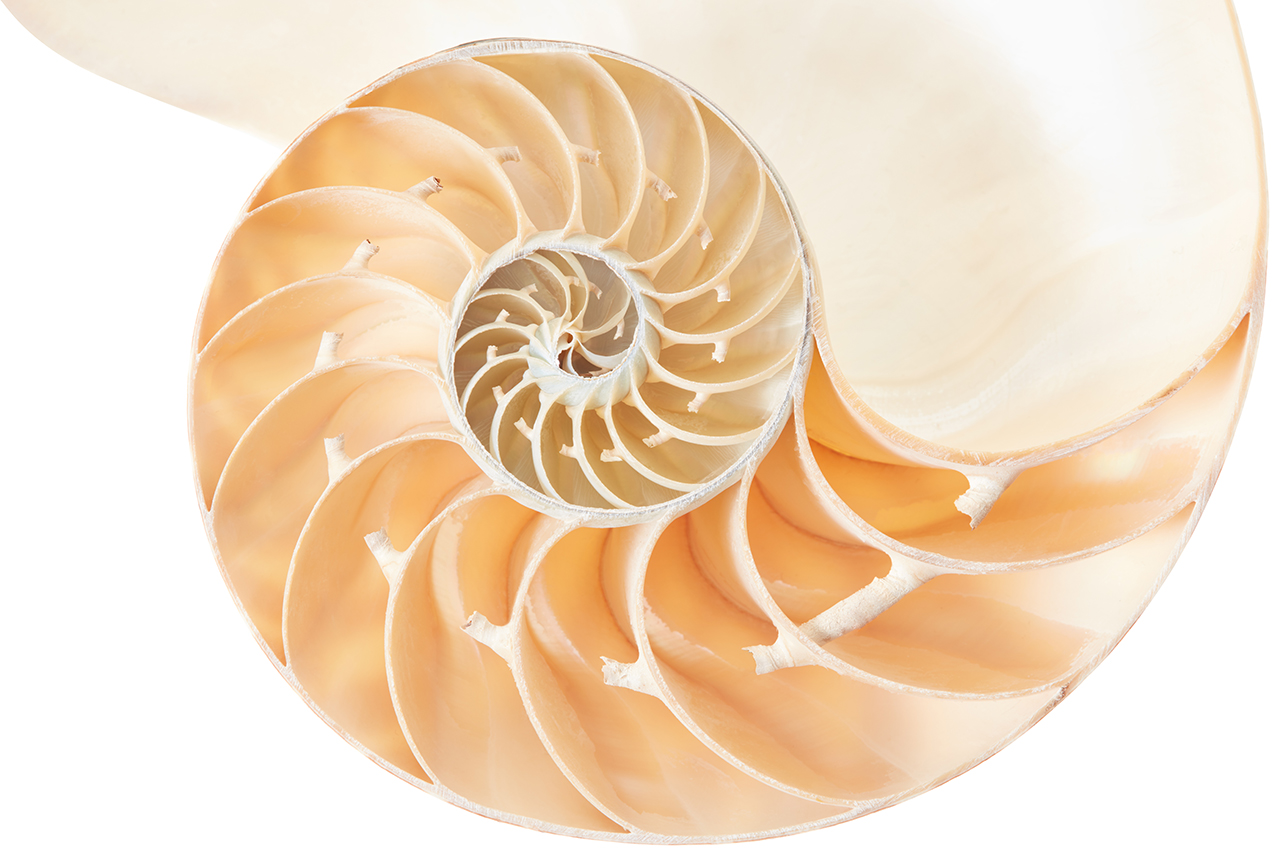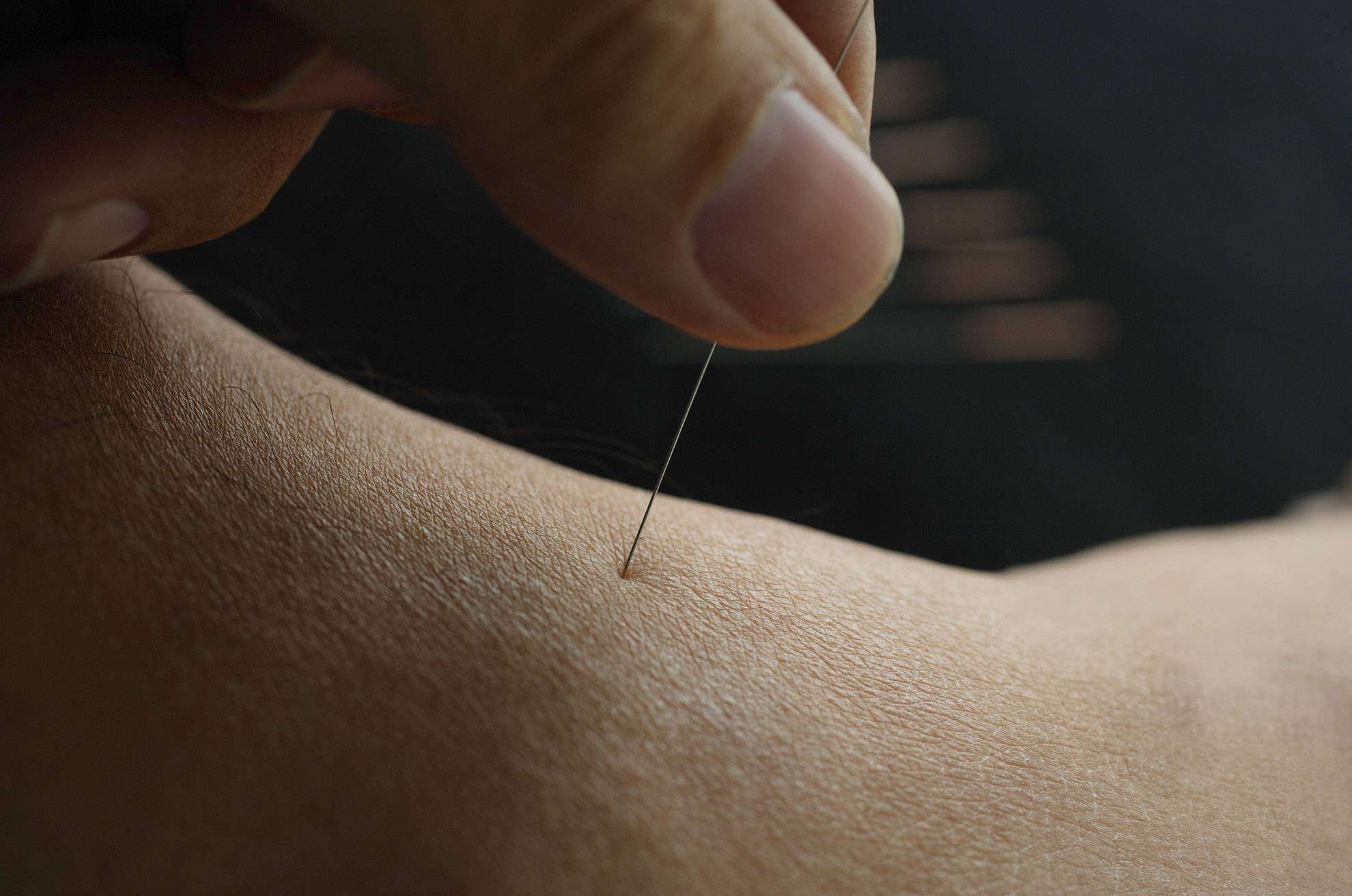Pulse Diagnosis
In classical Chinese medicine, pulse diagnosis is used to check a variety of functions. Primary among these are the condition of the patient’s blood and qi, an invisible type of life force or energy that travels through the body’s acupuncture meridians. Using pulse diagnosis, an acupuncturist can determine areas of the body that may have disruptions or blockages of qi and may also be able to determine the condition of certain internal organs.


What is Pulse Diagnosis?
Over time, a variety of locations have been used in the process of pulse diagnosis. Originally, pulses were felt at nine locations, three on the head, three on the hands, and three on the legs. Some practitioners still examine the pulse at these locations, along with other pressure points along the body.
In modern times, however, the majority of practitioners perform a simplified version of pulse diagnosis. This simplified version focuses on the radial artery above the wrist, examining three finger positions (cun, guan and chi), and felt at three depths (superficial, intermediate and deep).
Both wrists are palpated, one wrist at a time. The results of these readings are used to categorize a patient’s pulse.

How Many Pulses Are There?
What Do They Mean?
The exact number of pulses that can be taken has yet to be determined. Some textbooks list only a dozen or so types of pulses. Others list 28 or 40. Generally, however, there are approximately two dozen types of pulses that are recognized by most practitioners. These pulses include:
- bowstring
- deep
- choppy
- faint
- fast
- feeble
- floating
- forceful
- gliding
- hasty
- hidden
- hollow
- hurried
- intermittent
- irregular
- knotted
- long
- moderate
- moving
- rapid
- relaxed
- rough
- scattered
- short
- sinking
- slippery
- slow
- soggy
- superficial
- surging
- swift
- thready
- tight
- weak

More On Pulse Diagnosis
Many of these pulses can be lumped into broad categories. For instance, a rapid pulse is often defined as having more than five beats to a breath. A rapid pulse can be considered either forceful or weak, which would indicate either an excess or deficiency of qi. Similarly, slow pulses (which are also measured using a patient’s breathing) can be categorized as forceful or weak. Other main categories of pulses include floating, deep, slippery, rough, irregular, and bowstring.
Pulse diagnosis is a quick, inexpensive, and noninvasive diagnostic tool. When performed by a trained professional, it can be an effective way of determining the health condition of a patient.
References
Dupler D. Pulse diagnosis. In: Krapp K, Long JL (eds.) Gale Encyclopedia of Alternative Medicine. Farmington Hills, MI: Gale Group, 2001.
Kapke B. Deep listening: revealing the pulse. Massage & Bodywork Magazine, April/May 2002.
Kidson R. Acupuncture for Everyone. What it is, why it works, and how it can help you. Rochester, VT: Healing Arts Press, 2000, pp. 82-86.
Questions?
Let me know how I can help.
Schedule a free 15min consultation over the phone or in-person, to learn more about my style of treatment and more.

